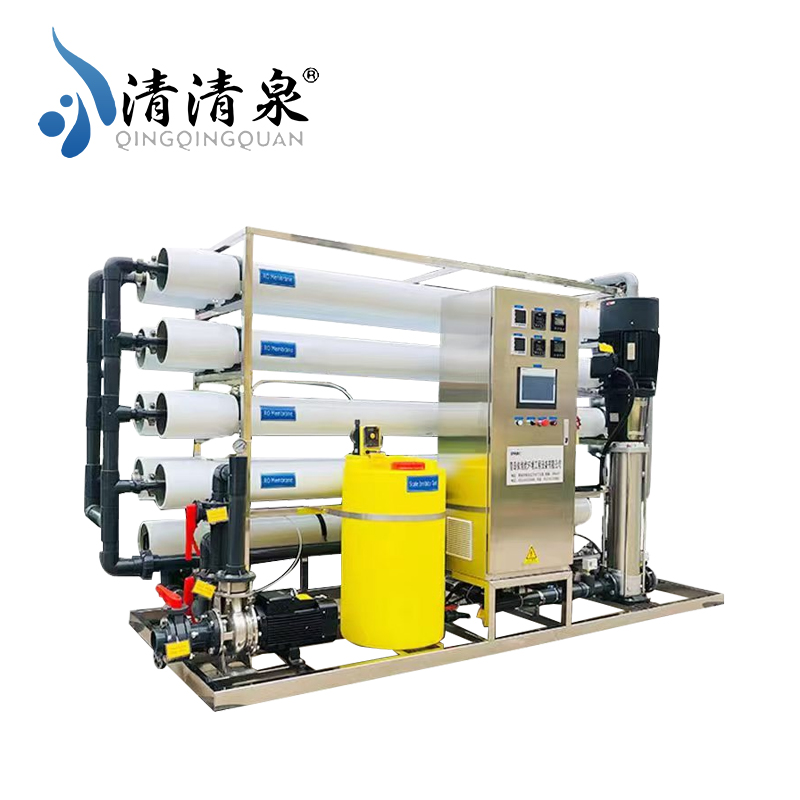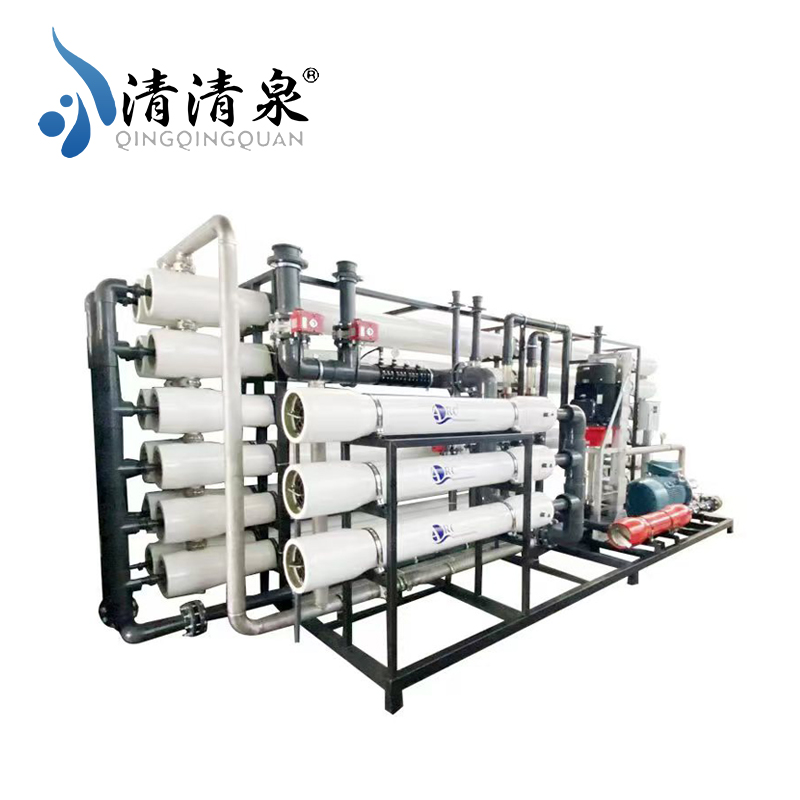
- Qingqingquan
- Shandong
- 20 days
- 300 units per month
Discover the top 5 mobile wastewater treatment systems for rural areas in 2025. Compare technologies, costs, and real-world performance to make an informed purchase. Free downloadable selection guide included!
Decentralized Rural Wastewater Treatment: Selection Guide for Portable Combined Systems
More than 600,000 natural villages in China are not connected to the municipal pipeline network, with a daily sewage production of more than 30 million tons, and it is difficult for the traditional centralized treatment mode to cover remote areas due to high costs. Mobile combined systems have become the core solution for decentralized rural sewage treatment due to their “plug-and-play” characteristics. In this paper, from the technical principle, core parameters, scene fit three aspects, analyze the selection of efficient systems.

Ⅰ. The technical principle: modularity and ecological synergy breakthrough
1.1 Biofilm + membrane separation technology integration
Mainstream system adopts the A2 / O - MBR process, through the three-stage biological reaction coupled with membrane separation, to achieve nitrogen and phosphorus removal and efficient removal of organic matter. For example, a brand KQWT-M series, the biochemical section of the residence ≥ 17 hours, the effluent is stable up to A standard.

1.2 Modular integration of ecological technology
For areas with unstable power, solar integration equipment becomes preferred. Yunnan case shows that the use of photovoltaic priority + utility backup system equipment, annual cost reduction of 86%, winter through the phase change heat storage to maintain the water temperature ≥ 12 ℃, occupies an area of only 15 square meters, compared with the traditional process to save 60% of the land.
1.3 Intelligent Control System Upgrade
The new generation equipment is equipped with IoT sensors and AI algorithms to monitor 12 parameters in real time. A brand of equipment through machine learning to predict the water load, energy saving 35%, fault warning 48 hours in advance, operation and maintenance efficiency by 80%.

Ⅱ. The core parameters: five indicators determine the effectiveness
2.1 Treatment scale matching
Rural sewage daily coefficient of variation of 2.5-3.0, it is recommended that 50 villages choose 50-80m³/d equipment, through the expansion of parallel membrane module, to avoid overloaded operation.

2.2 Shock load resistance
Ammoniacal nitrogen fluctuates greatly (20-150mg/L), and MBR system with MLSS≥6000mg/L needs to be selected. A brand equipment segmented water intake design, in the COD suddenly increased to 1000mg / L, the removal rate is still more than 90%.
2.3 Optimization of energy consumption and cost
Integrated gas lift reflux, no pump design system energy saving 40%. A brand of equipment “one gas multi-purpose” technology, compared with the traditional process to reduce the PAC dosage by 40%.
2.4 Convenience of movement and installation
Containerized equipment should conform to ISO standard size and support road transportation. A brand of modular design, 2 people 8 hours to complete the installation, cycle time shortened by 90%.
2.5 Effluent reuse standards
• Agricultural irrigation: need to meet GB5084-2021, control heavy metals and salinity
• Landscape recharge: need to meet GB/T18921-2019, limit color and turbidity
• Toilet flushing for reuse: need to meet GB/T18920-2020, strictly control the number of E. coli bacteria groups

Ⅲ. Scenario adaptation: from single-household to village cluster solutions
3.1 Single-household/several-household treatment
Recommended “Household septic tank + artificial wetland” combination, Jiangsu case shows that the 5-household system adopts volcanic rock + zeolite filler, TN removal rate of 65%, annual O&M cost of 800 yuan / household.
3.2 30-100-household medium-sized communities
Priority is given to non-woven bioreactors or earthworm eco-filters. The earthworm-microbe synergistic system developed by Chongqing University improves operation efficiency by 40%, and earthworm manure can be utilized in a resourceful way.
3.3 Large villages with more than 100 households
Suggests “pre-treatment + A2/O-MBR + disinfection” process, equipped with emergency treatment unit. A brand of mobile container can restore the treatment capacity within 48 hours after the disaster, and the effluent can reach the standard of water reuse.
3.4 Special scenarios
• Tourism scenic spots: adopting “micro-power AO+artificial wetland”, solar power supply meets the demand of 50m³/day, and the effluent is used for flushing toilets.
• Chemical aggregation area: selecting impact-resistant MBR system, with PVDF membranes resistant to pH 2-12, and the removal rate of benzoic substances is 95%.
• Alpine area: ground-source heat pump heat preservation ensures that water temperature is ≥10℃ and water temperature is ≥10℃ and resistant to cold in winter. Water temperature ≥10℃, frost-resistant PVDF membrane can operate at -20℃.










































